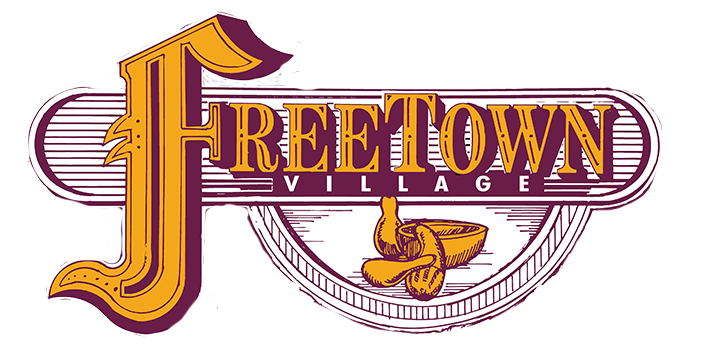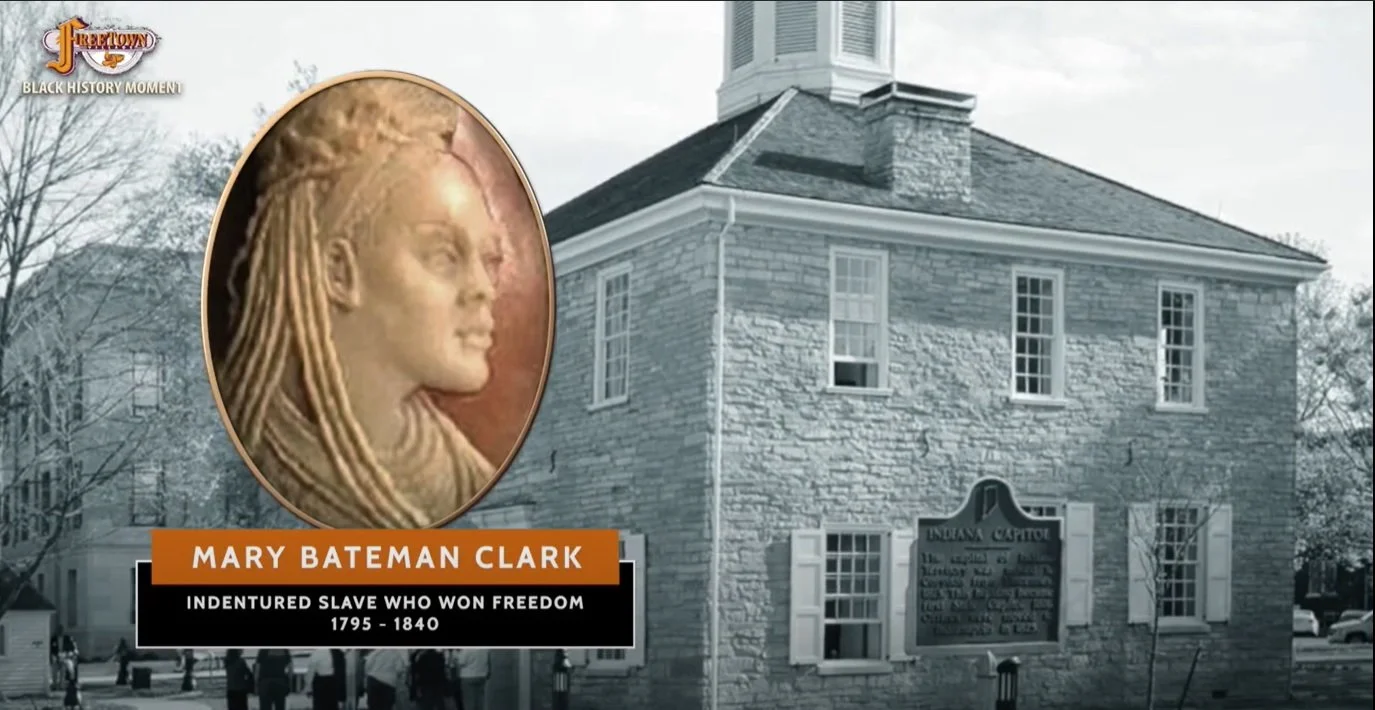Mary Bateman Clark Helped End Slavery, Indentured Servitude in Indiana
Though it was a free state, Indiana condoned slavery and it was practiced by the most influential people in the state, including elected officials, lawyers, religious, business and civic leaders.
A catalyst in ending the practice was Mary Bateman Clark.
Clark was an enslaved teenager when she was brought to Vincennes, Indiana from Kentucky in 1814.
She was freed from slavery, but immediately indentured to General Washington Johnston, one of the most influential men in the state. She and others were indentured even though the 1787 Northwest Ordinance and 1816 Indiana Constitution banned slavery and indentured servitude.
Unlike voluntary indentures from Europe, Blacks were forced to sign indenture contracts they could not read, binding them to work without pay for 30, 40 even 90 years. If they refused to sign, they could be returned to slavery in the South. Clark was one of several indentured servants represented by Attorney Amory Kinney in what is now known as “freedom suits.”
Clark lost her case in the Knox County Circuit Court in Vincennes, appealed that judge’s decision and won her appeal in 1821 in the Indiana Supreme Court, releasing her from servitude. Her case gave others who were indentured a precedent they could cite when they took their cases to court.
An historical marker in her honor is located at the Knox County Courthouse in Vincennes.
While Mary Clark’s case addressed indentured servitude – the most widely used form of slavery in Indiana - Polly Strong’s case, also first heard in Knox County Circuit Court, focused on whether or not there could be slavery in Indiana.
Strong’s case, which included her brother, James, spanned four years. On July 22, 1820, the Indiana Supreme Court stated that, “…under our present form of government, slavery can have no existence in the State of Indiana….” The Supreme Court declared Polly Strong and her brother free residents of Indiana.
An historical marker in honor of Strong is located in Corydon, where the state Supreme Court once met. Though the Clark and Strong cases had been decided, many enslaved people in Indiana had to continue using the courts to be freed.

